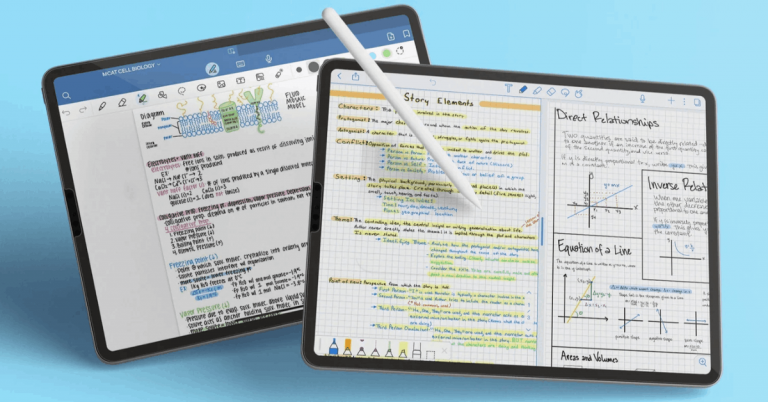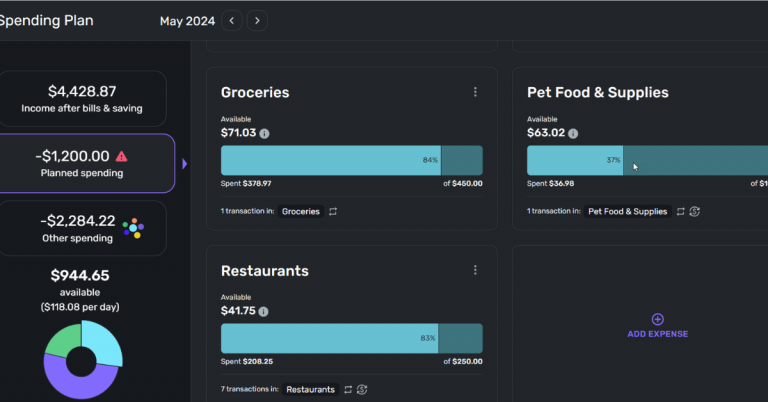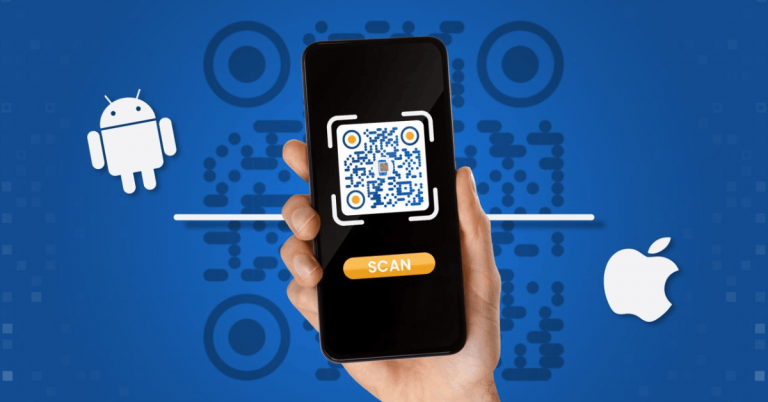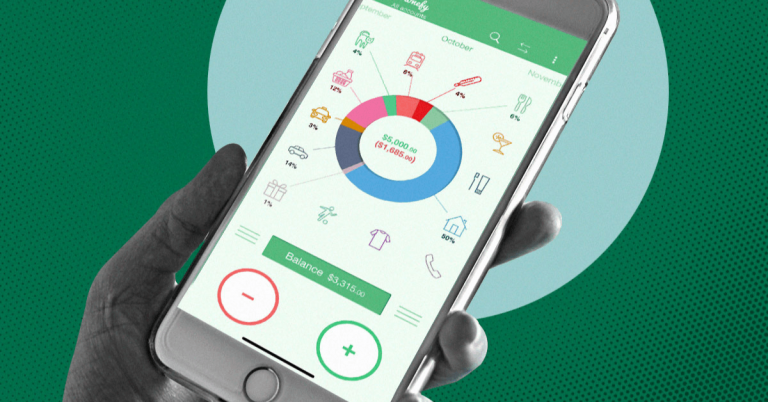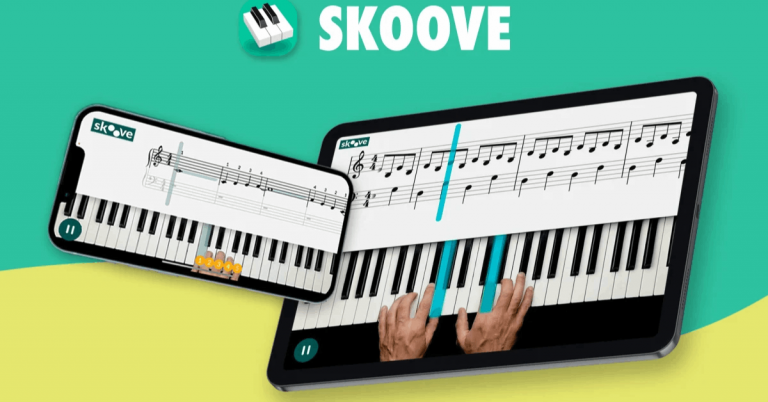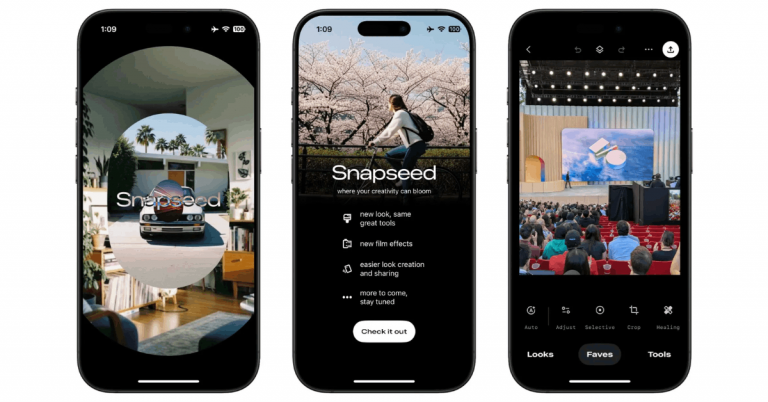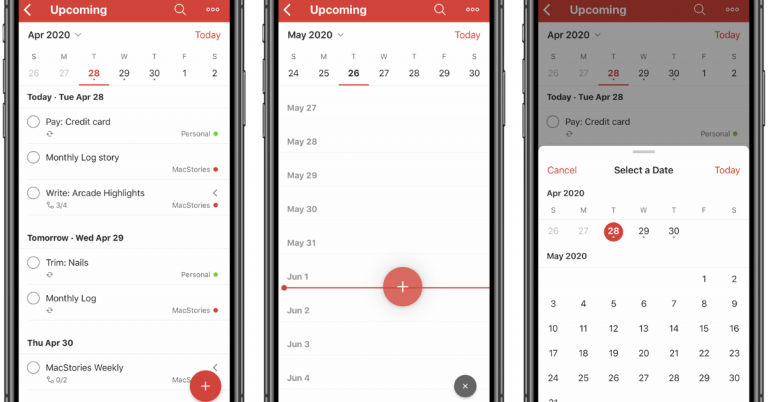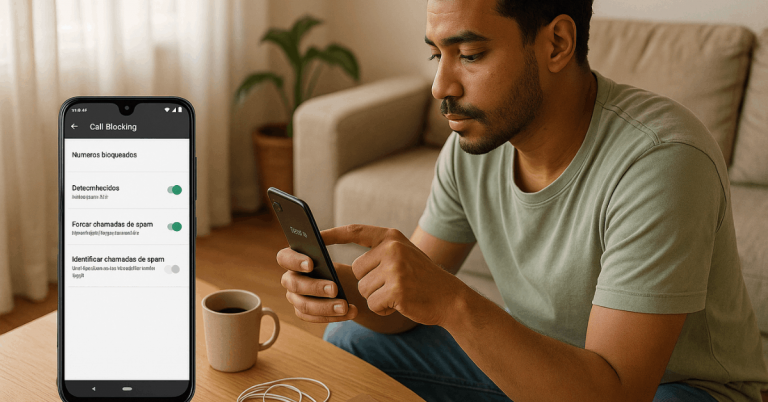You can build a career in print-on-demand (POD) without holding inventory. You design, list, market, and a partner prints and ships after each order.
This model reduces upfront risk and opens multiple roles across design, operations, marketing, and customer service.
Major platforms and marketplaces document how the workflow, fees, and policies operate. Use these verified sources to plan your path.
How The POD Model Works (and where you fit)
POD uses a third-party provider to fulfill orders one by one. You create the product design and publish it to an online store or marketplace.
When a buyer pays, the provider prints, packs, and ships on your behalf.
Your openings span graphic design, catalog management, SEO for listings, ad operations, email marketing, customer support, and vendor coordination.
Shopify’s guide explains the flow from design to fulfillment clearly. Start by learning that pipeline end-to-end.
Industry size and outlook
Industry analyses cited by Printful indicate a multibillion-dollar global POD market in 2024, with long-term growth projections.
Treat all projections cautiously and always read the underlying methodology.
Still, the documented shift toward on-demand manufacturing and low-inventory ecommerce supports continued hiring.
Keep an eye on policy changes
Marketplace rules evolve. For example, reporting in 2025 highlighted Etsy tightening rules for certain 3D-printed items, emphasizing original design.
Even if you do not sell 3D prints, this trend signals stricter enforcement around originality across handcrafted categories.
Monitor official policy pages and credible tech reporting to avoid surprises.
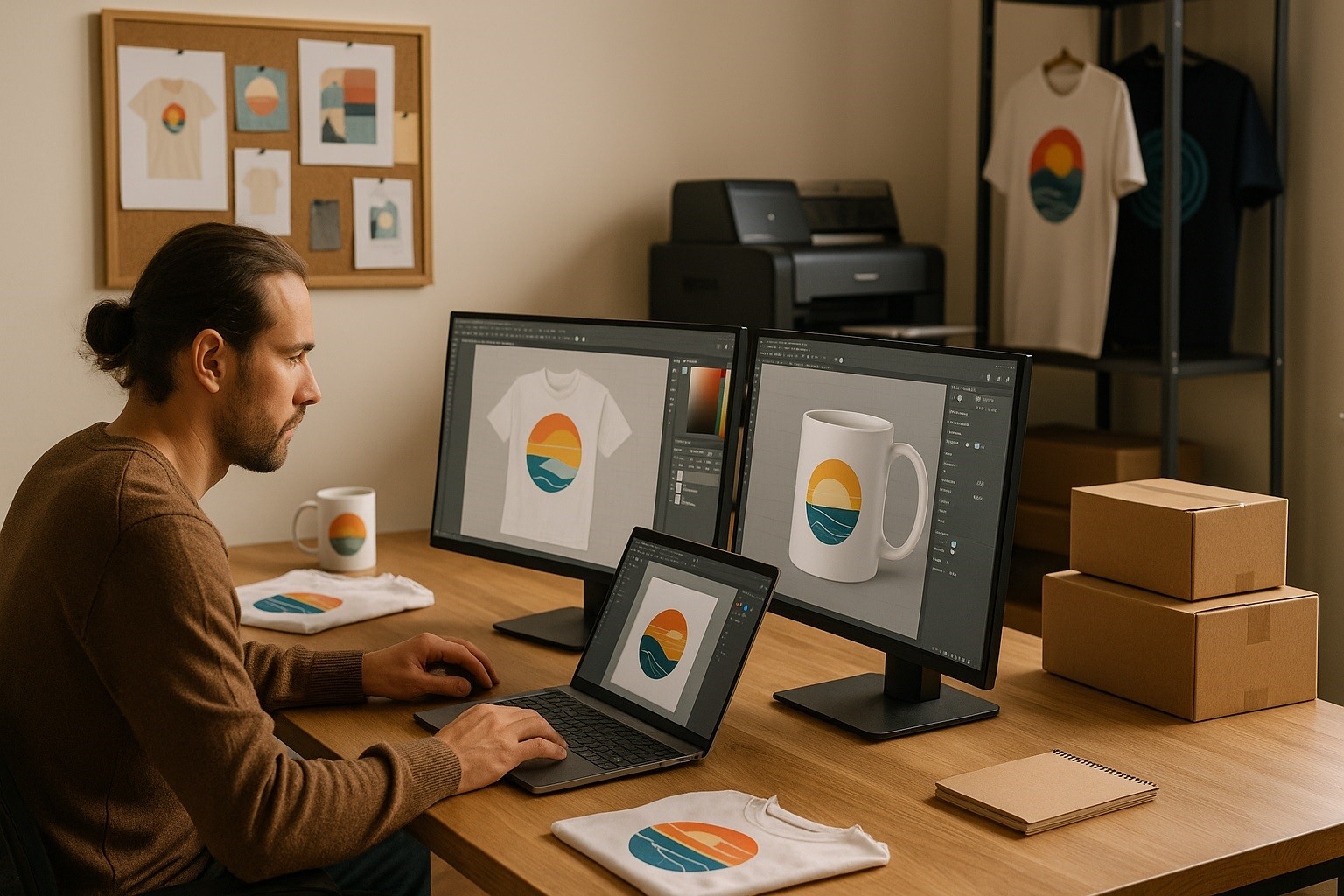
Core Platforms to Know
See each carefully.
Printful
You connect to a store, publish products, and pay the fulfillment cost after each order.
Printful explains billing, supported currencies, and its Wallet feature for smooth payments.
You can pre-deposit funds and enable auto-recharge to avoid failed charges during spikes.
Printify
Printify is an aggregator with a network of print providers. You choose the provider, set your retail price, and Printify charges production and shipping.
Its “How it works” page and production-time article explain timelines and the optional Express Delivery service in the U.S.
You cannot expedite normal production; the Express option aims for roughly two-business-day delivery. Factor that into your customer promises.
Amazon Merch on Demand
Formerly Merch by Amazon, it prints and ships under Amazon’s system.
Amazon’s content policy and FAQs cover what you can publish and how listings remain live. Policy compliance is strict.
Review these rules before designing and uploading.
Etsy with production partners
Etsy allows the use of a production partner for your original designs. You must disclose the partner and keep creative control.
Etsy’s help center and Seller Handbook explain disclosure and values behind the policy.
This is important if you sell POD on Etsy using Printful or similar services.
Roles You Can Pursue
Choose wisely based on your skills and goals.
Product Designer
You create artwork optimized for garments, home goods, and accessories. You prepare print-ready files and color profiles per provider specs.
You also adapt designs to mockups for listings. Platform documentation on file specs is the baseline for this work.
Listing & Marketplace Specialist
You build product pages, write SEO-friendly titles and tags, and connect catalogs to Shopify, Etsy, or Amazon.
Shopify’s POD overview is a good starting framework for store setup and launch checklists.
Operations & Vendor Coordinator
You manage which print provider to use, track turnaround times, and monitor failed prints and re-ships.
Printify’s production-time details help you set accurate handling times. Printful’s pricing and billing pages help you forecast cash flow.
Customer Support Associate
You handle sizing questions, shipping updates, returns, and reprints. You mirror each platform’s policy when resolving defects or delivery issues.
Read the marketplace policies to avoid inconsistent promises.
Growth Marketer
You run ads, email campaigns, and promotions to raise average order value.
You test bundles and limited designs timed to seasonal demand using your store’s analytics.
Shopify’s guides provide context for campaign setup in a POD environment.
Compliance, Originality, and IP
Marketplace rules require original content and adherence to content standards.
On Amazon Merch, you must comply with content policies and intellectual property law.
On Etsy, you can use computerized tools or a production partner if the design is yours and disclosure is clear.
Ignoring these rules risks takedowns and account loss. Review these official policy pages before you publish.
Fees, Pricing, and Margins
Your earnings depend on your price, provider costs, marketplace fees, and ads.
Your profit per item: (Sale price + shipping you charge) – (provider base cost + provider shipping) – marketplace fees – payment processing fees – listing fees.
Common per-item profit is roughly $5–$12 after fees if you price in the ~$20–$28 range and keep provider + shipping near $14–$16.
Speed and Customer Expectations
Communicate realistic production and delivery windows.
Printify states that standard production cannot be expedited; its Express program is a separate, faster path within the U.S.
Avoid promising next-day fulfillment unless your provider guarantees it.
When you sell on Amazon’s system, account for Amazon’s content and operational rules, which affect listing longevity and customer experience.
Where The Jobs Are
You can find POD roles in three places.
First, platform-native teams and approved partners hire for design, operations, and support.
Second, brand-side Shopify or Etsy stores hire listing specialists, marketers, and coordinators.
Third, freelancers sell POD services to store owners. Use mainstream job boards and freelance platforms.

Skills that Raise Your Value
Prioritize practical skills tied to platform rules and buyer experience. Learn file prep (transparent PNG, print resolution, placement rules).
Practice copywriting for listings and on-site SEO. Study marketplace policies to avoid IP violations and content removals.
Build a basic spreadsheet to track base costs, shipping, taxes, and ad spend against retail price.
Align your handling times to the provider’s posted production times. Each of these steps maps directly to verified platform guidance.
Action Plan to Enter the Field
Read Shopify’s POD overview to understand the store-to-fulfillment pipeline.
- Pick one fulfillment partner and study its billing, pricing, and production-time pages.
- Choose one marketplace and learn the relevant policy pages in detail.
- Build a pricing sheet that includes base cost, printing, shipping, fees, and a margin buffer.
- Create three listing templates with consistent titles, tags, and descriptions.
- Draft a customer-service playbook aligned with provider timelines and marketplace rules.
- Apply for roles matching these tasks, or pitch services as a freelancer using your documented workflow.
Bottom Line
POD creates openings in design, listing operations, vendor coordination, customer support, and growth marketing.
Your advantage comes from mastering the documented workflow, pricing from official fee tables, and staying within marketplace policies.
Use the sources above as your operating manual, then apply for roles with a process you can explain and execute



